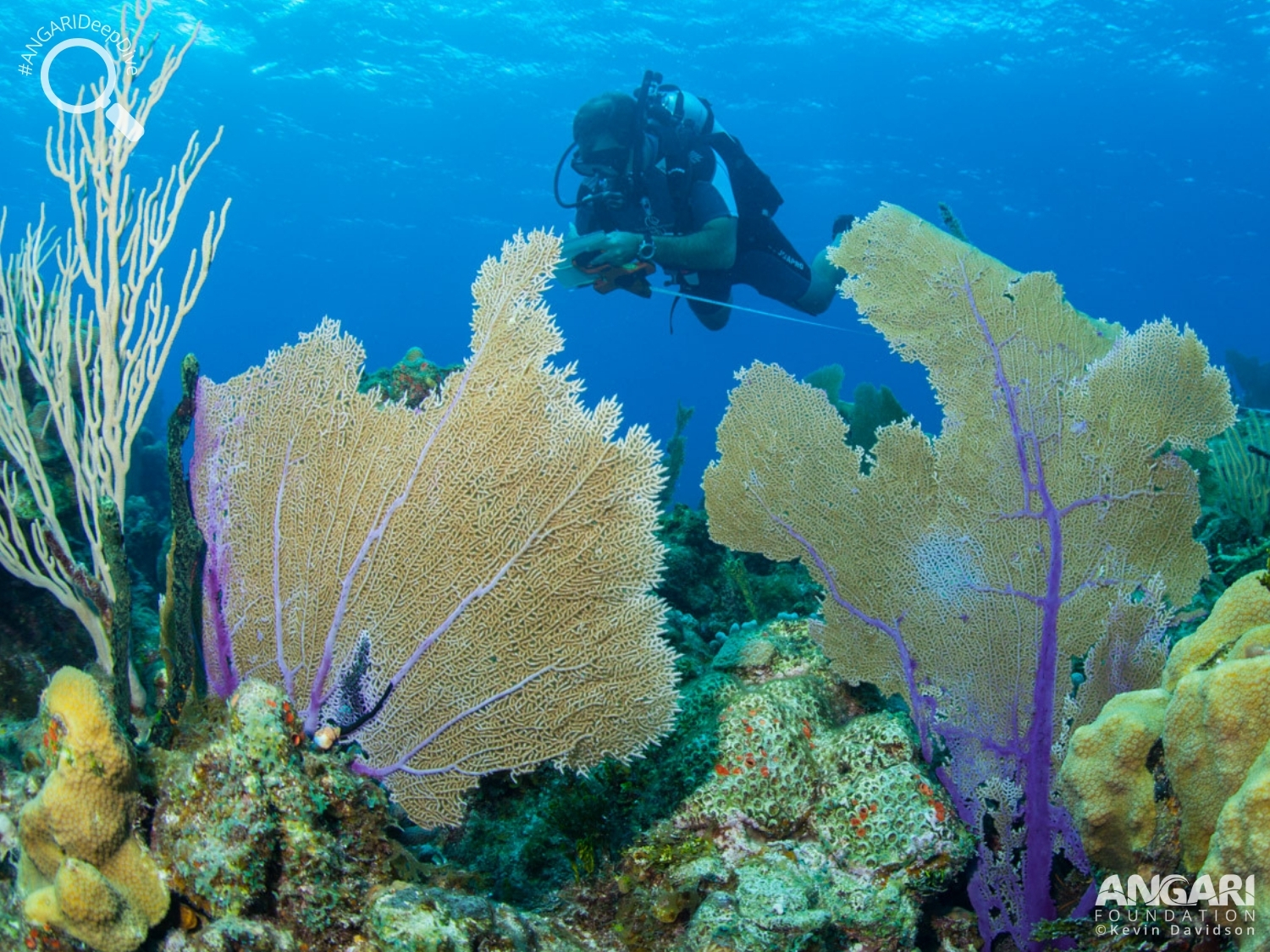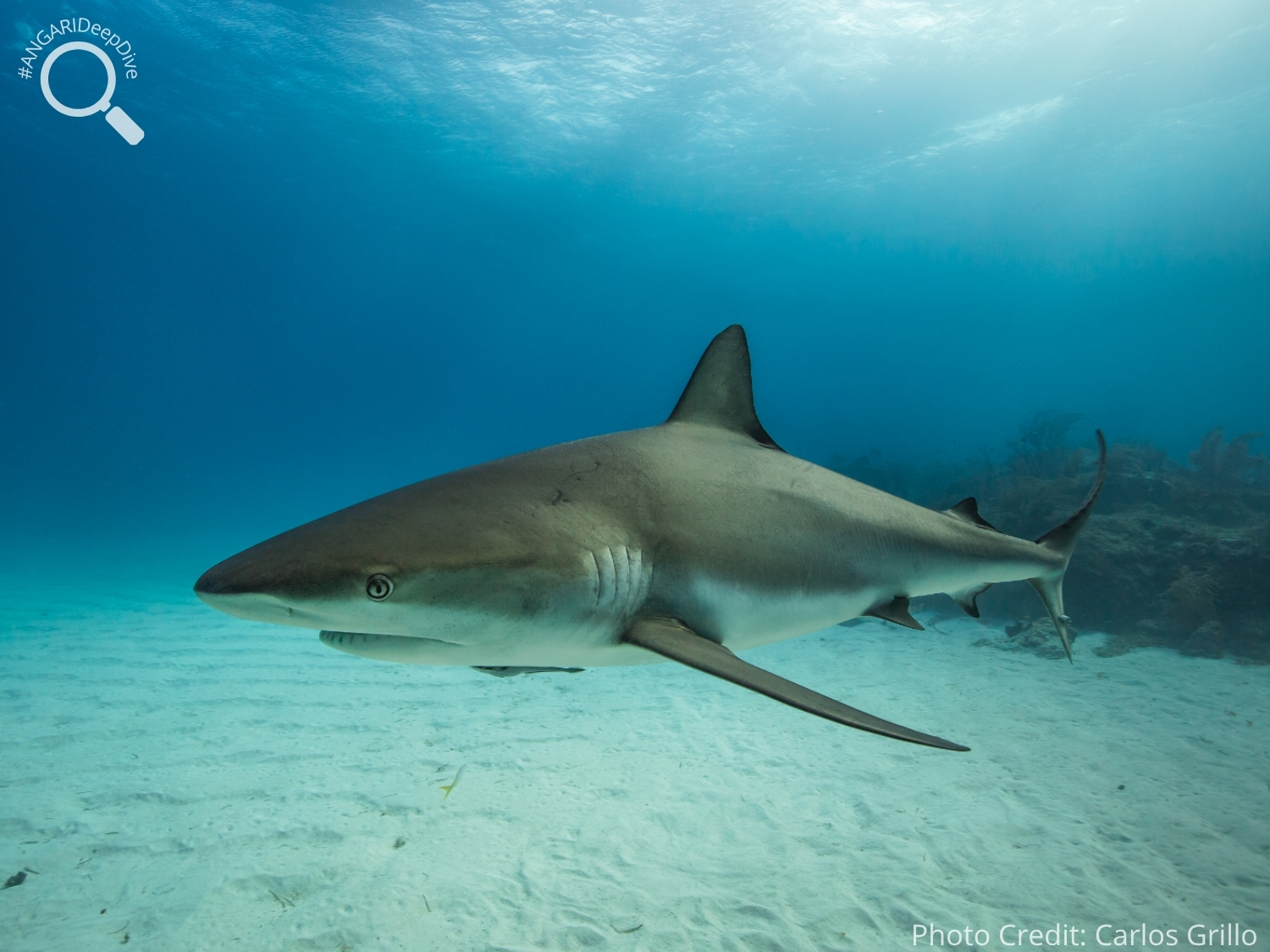Common sea fans are commonly found on coral reefs and can be identified by their purple tissue.
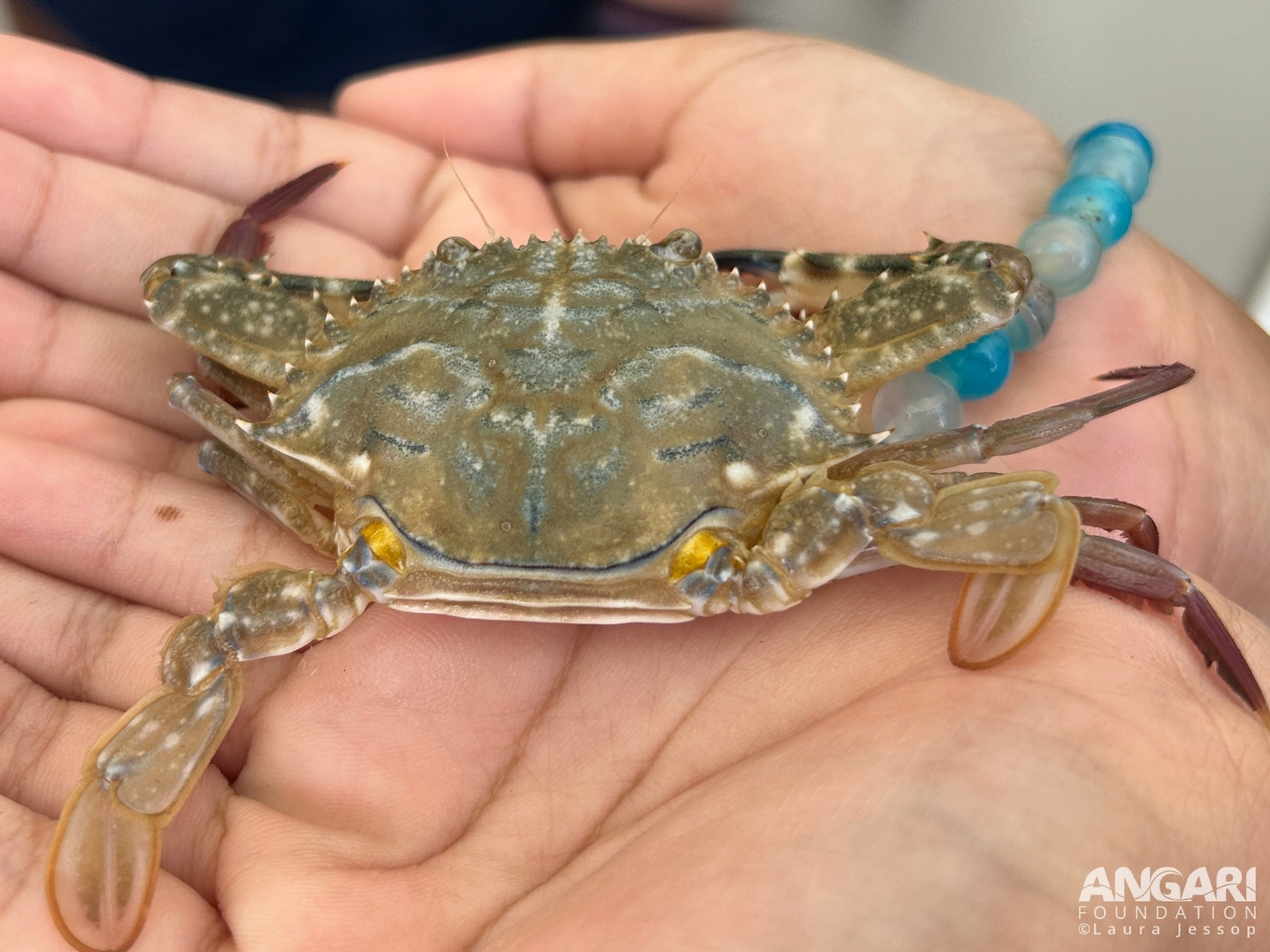
Atlantic Blue Crab (Callinectes Sapidus)
Did you know that there’s such a thing as a blue colored crab? The Atlantic blue crab (Callinectes Sapidus) gets its name from the vibrant color of its shell! These iconic crabs are found along the Atlantic Ocean and the Gulf Coast, but the color of their shell isn’t the only unique thing about these creatures. Atlantic blue crabs also have a diverse diet, as they’re omnivores! They can often be found feasting on oysters, clams, plants and much more.
#1: Not all Atlantic blue crabs have blue shells!
Although Atlantic blue crabs get their name from the color of their shells, not all of them have blue shells. The color of Atlantic blue crab shells can vary from blue to green!
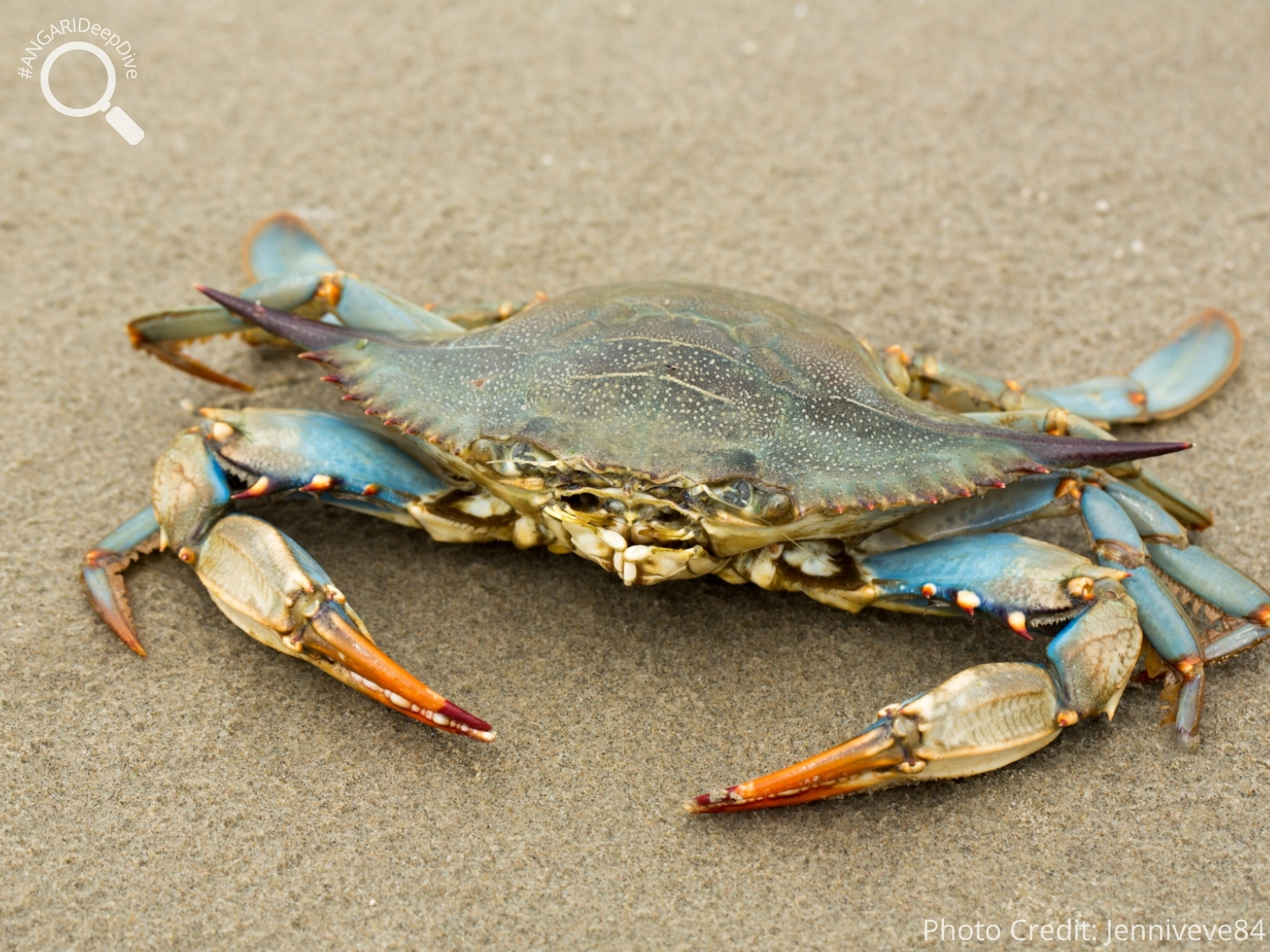
#2: What does Callinectes sapidus translate to?
The Latin name of the Atlantic blue crab is Callinectes sapidus, which translates to “beautiful savory swimmer”.
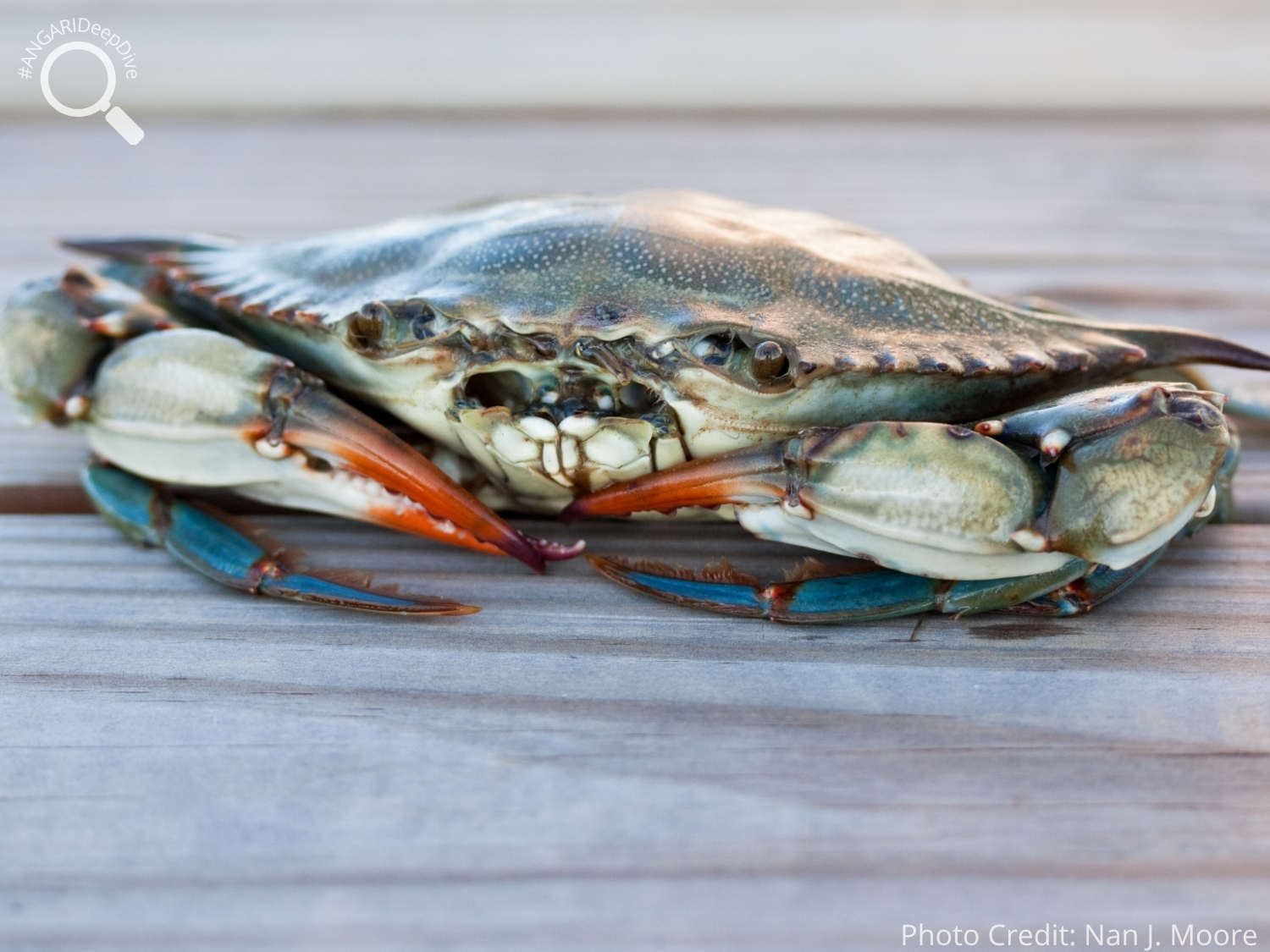
#3: Identifying male and female Atlantic blue crabs.
To determine the gender of an Atlantic blue crab, you just need to look at the color of its claw tips! Male Atlantic blue crabs have blue claw tips, while mature females have red claw tips.
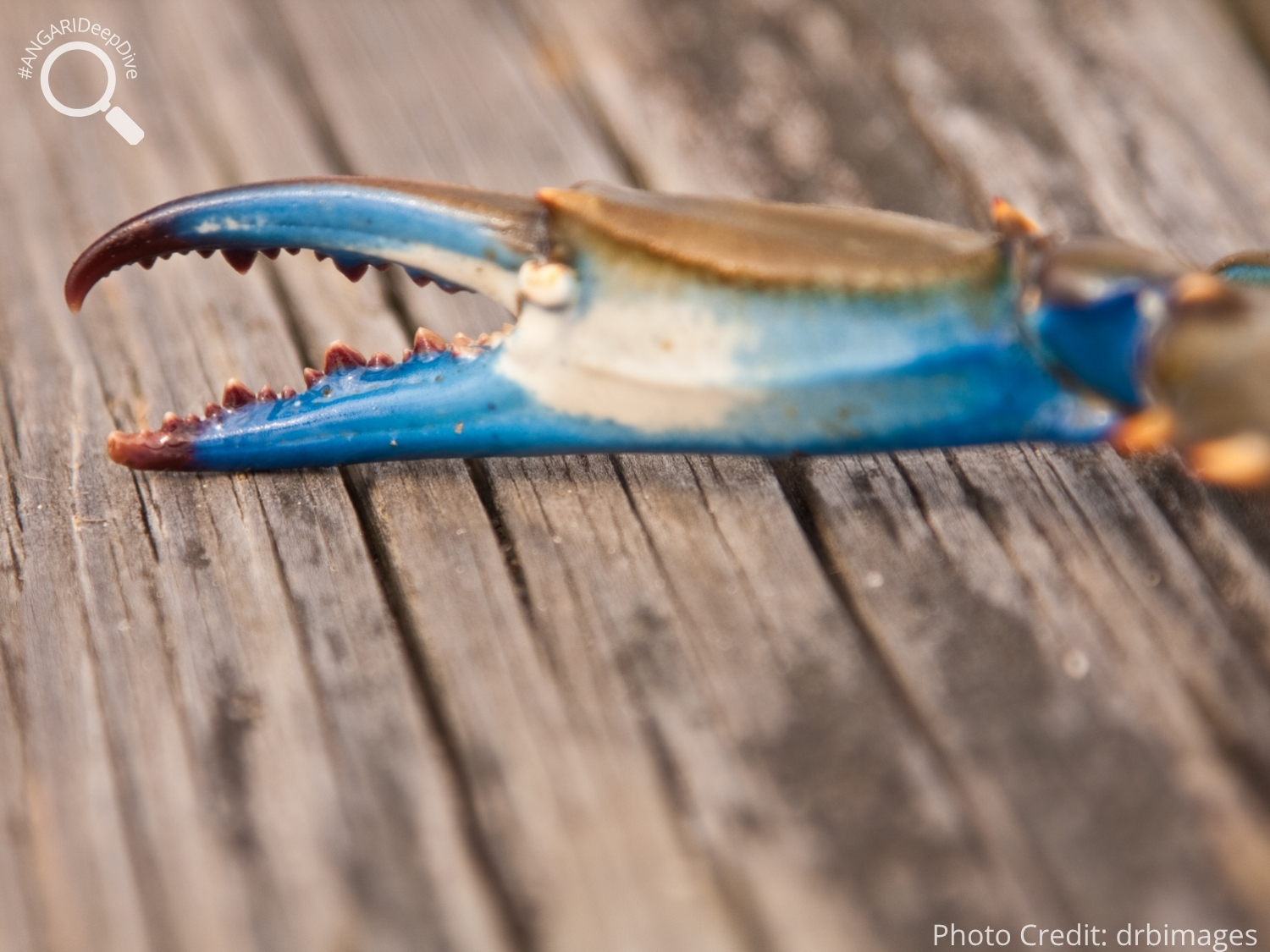
#4: How long do Atlantic blue crabs live for?
Atlantic blue crabs live a very short life, as their average lifespan is only three to four years! However, even throughout their short lives, they play a very vital role in the ecosystem as they serve as predators and prey. In order to survive, they must try to avoid predators such as sea trout, sheepshead, and even other crabs.
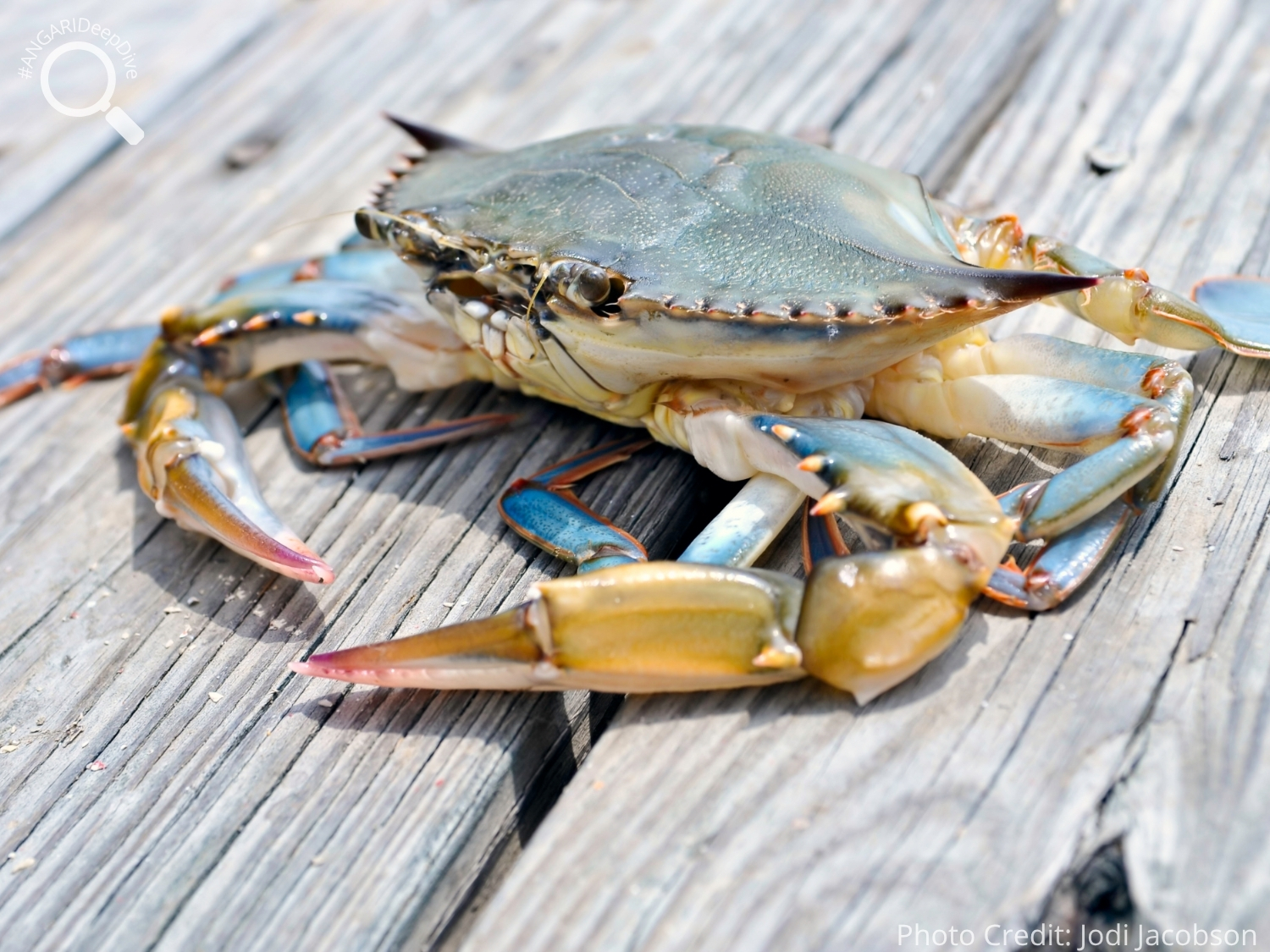
#5: What determines the size of Atlantic blue crabs?
Atlantic blue crabs typically reach full maturity within 12 to 18 months. The rate at which they mature depended on the temperature of the water they live in. The warmer the water, the faster they grow.
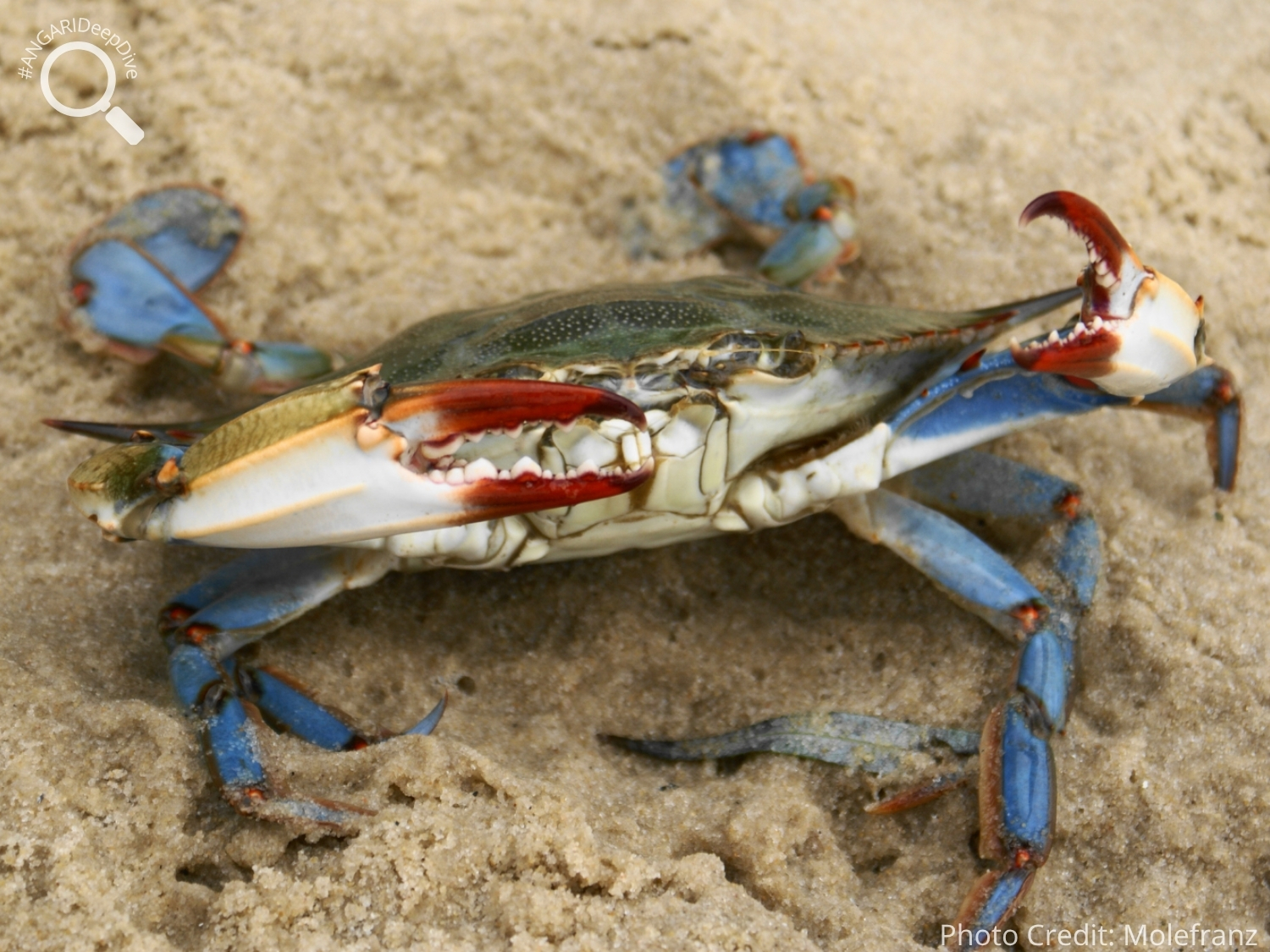
#6: Male Atlantic blue crabs molt more than female Atlantic blue crabs!
Male Atlantic blue crabs will molt several times throughout their lives. However, female Atlantic blue crabs only molt once right before they are about to mate. After the female Atlantic blue crab molts, a male Atlantic blue crab will carry her around for protection until her shell hardens.
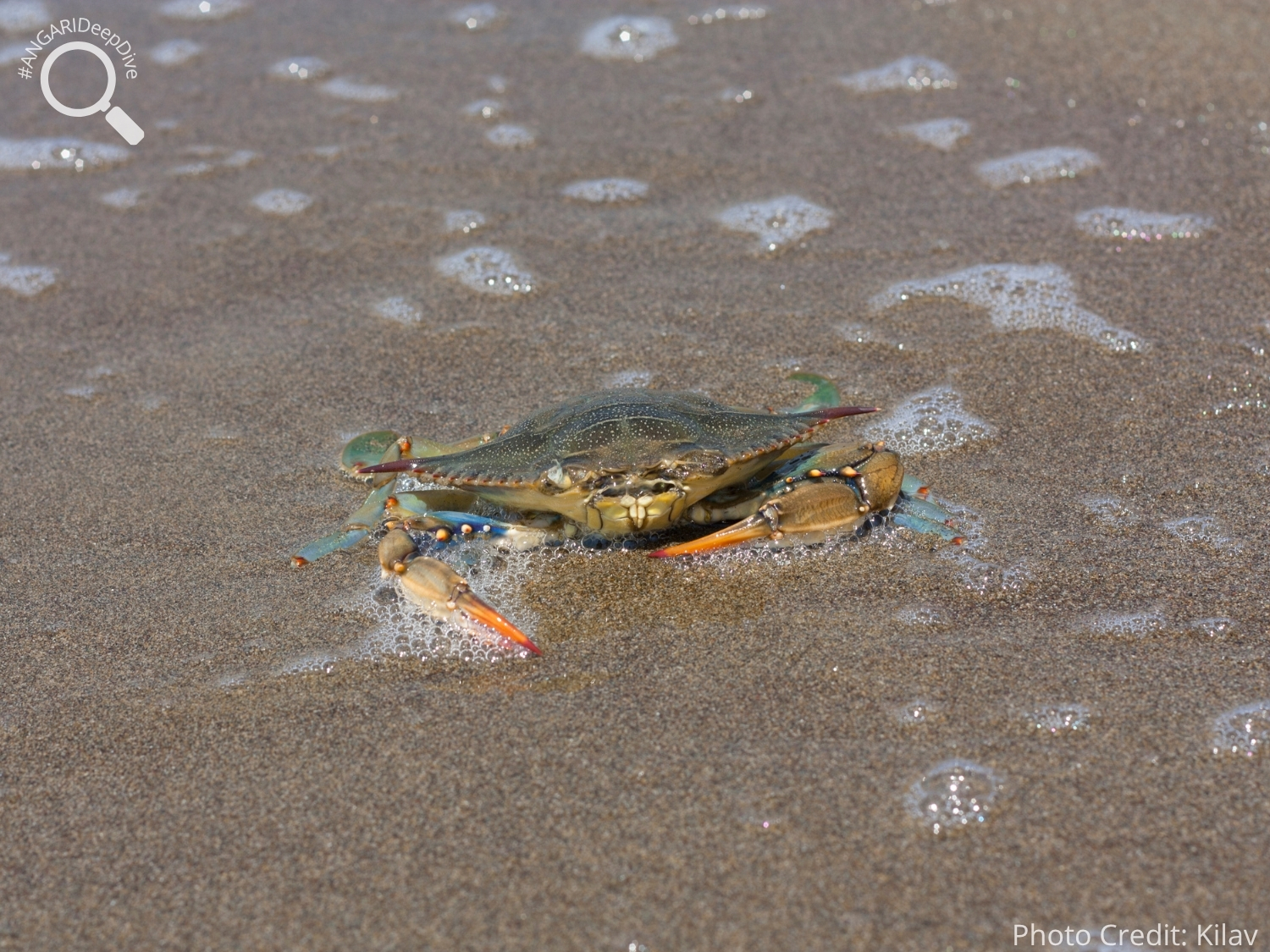
#7: What depths of water do Atlantic blue crabs prefer?
Atlantic blue crabs prefer shallow waters, especially during the warmer months. They are commonly found in habitats such as salt marshes, estuaries, and tidal creeks.
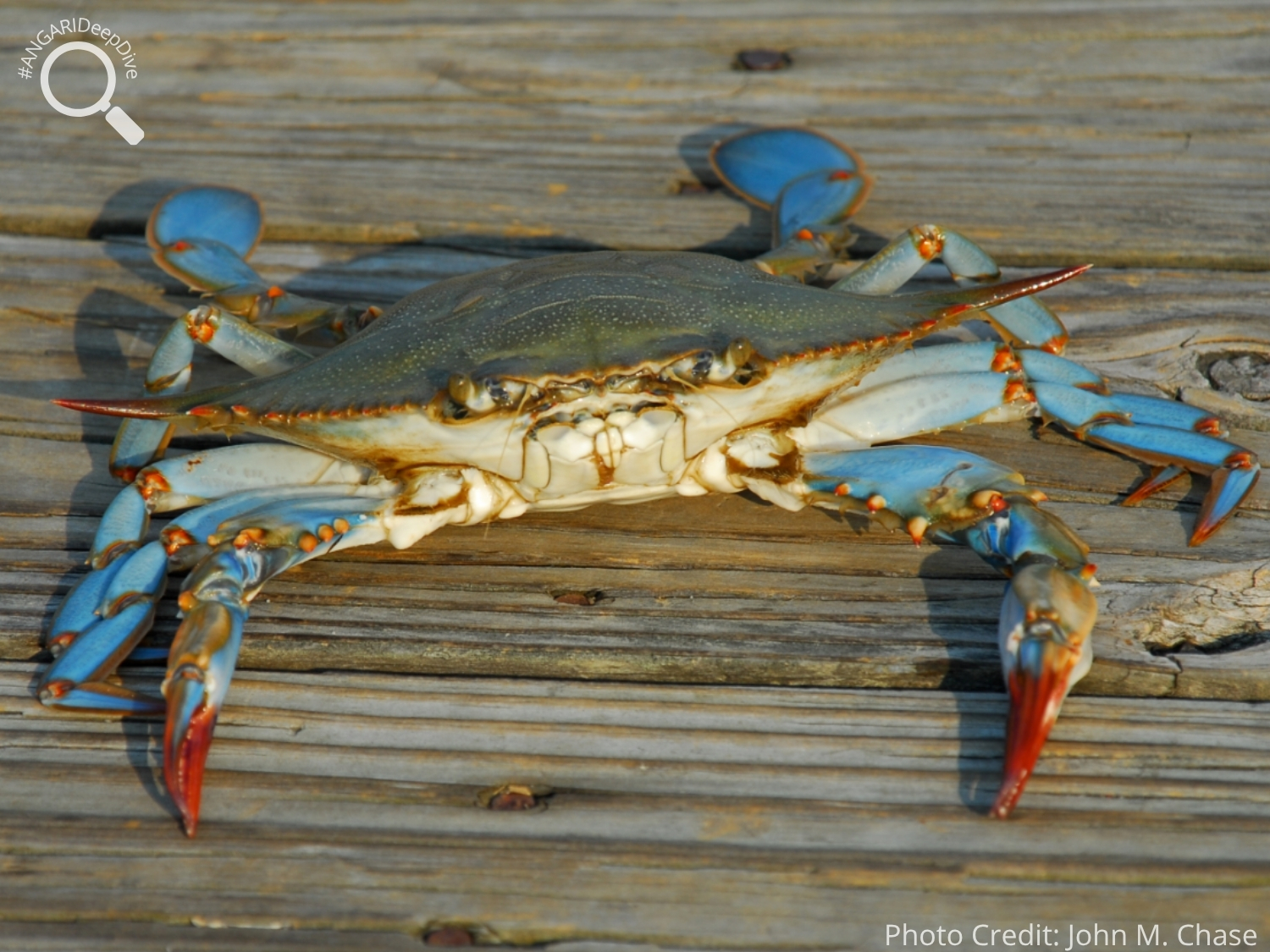
#8: Atlantic blue crabs prefer brackish waters!
In addition to preferring shallow waters, Atlantic blue crabs also prefer brackish waters. Brackish water is a mixture of salt and fresh water, which is typically found where rivers meet the ocean.
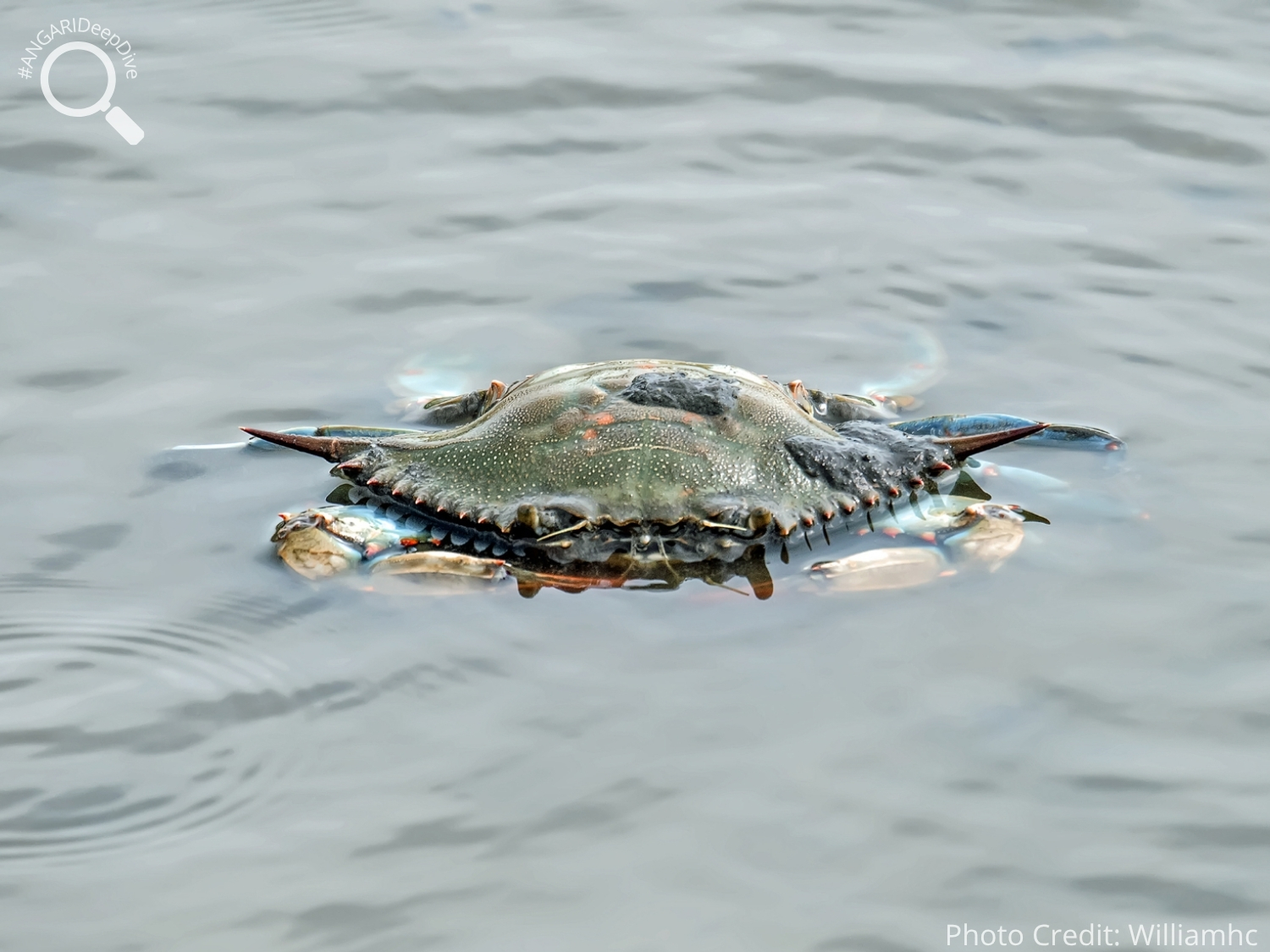
#9: Where do Atlantic blue crabs release their eggs?
Before a female Atlantic blue crab releases her eggs, she has a bit of traveling to do! While carrying the eggs in her abdomen, she will travel to a higher salinity water. Once the female reaches her new location, she will release up to 2 million eggs at a time.
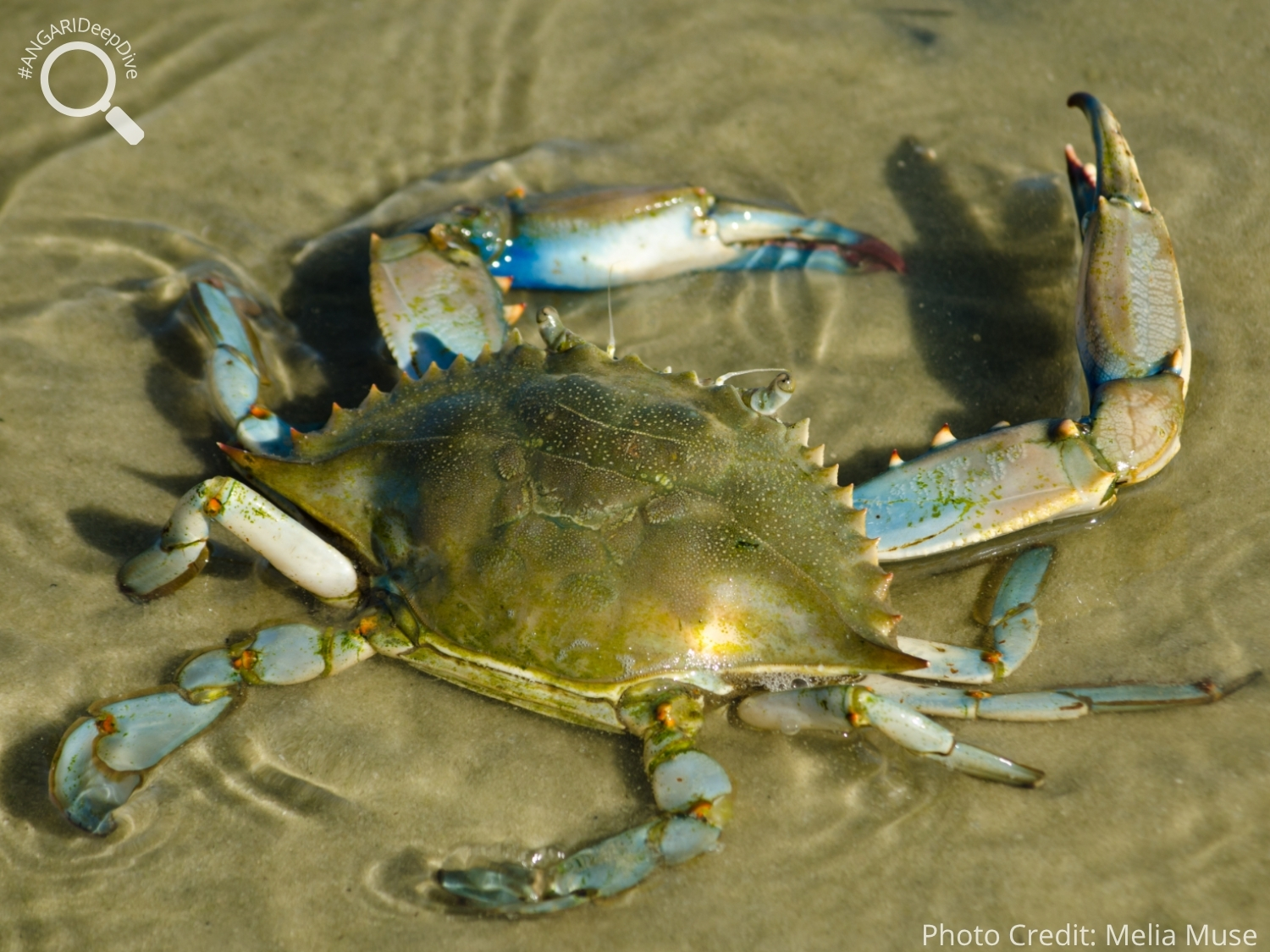
While Atlantic blue crabs are not currently threatened or endangered, their populations have declined significantly in recent years. This decline is largely caused by habitat loss, pollution, rising water temperatures and nutrient loading (excessive amount of nitrogen and phosphorus entering the environment). To help protect Atlantic blue crabs and their habitats, it is important to protect underwater grasses, avoid overharvesting Atlantic blue crabs, limit greenhouse gas usage and participate in beach clean ups.
Additional Atlantic Blue Crab Resources:
1. Atlantic blue crab Sketchfab 3D model
2. Blue crab – NOAA
3. Atlantic blue crab – Oceana

